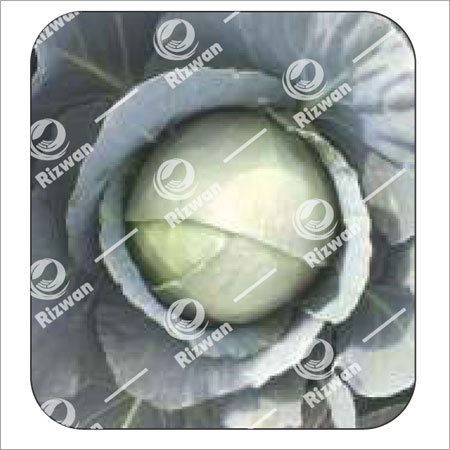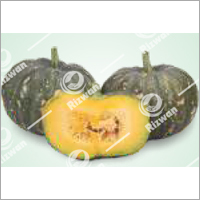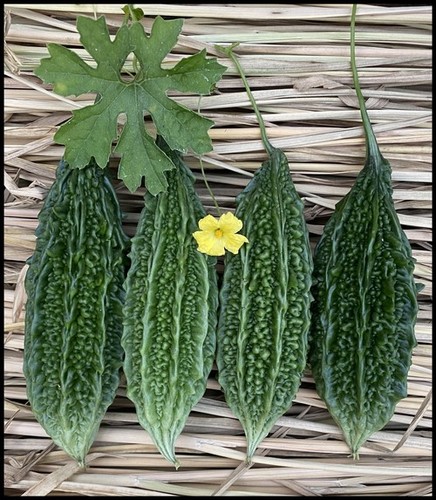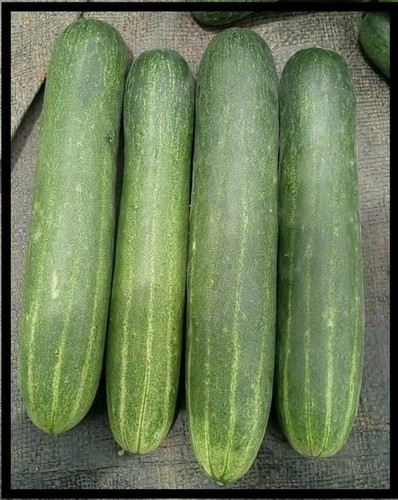Cabbage F1-RSC-2410 (Megna)
Cabbage F1-RSC-2410 (Megna) Specification
- Type
- Vegetables Seeds
- Grade
- Food
- Variety
- Cabbage
- Color
- Bluish Green
- Purity
- 98%
Cabbage F1-RSC-2410 (Megna) Trade Information
- Minimum Order Quantity
- 100 Kilograms
- Payment Terms
- Cash Advance (CA), Cash in Advance (CID)
- Main Domestic Market
- All India
About Cabbage F1-RSC-2410 (Megna)
Cabbage F1 Megna
Technical specification
|
Cabbage |
F1-RSC-2410 (Megna) |
|
Days to Maturity |
Medium Maturity 60-65 days |
|
Head shape |
Round |
|
Head Colour |
Bluish green |
|
Head Weight |
1-1.4 KG |
|
Remarks |
Excellent Field Holding |
Premium Bluish Green Cabbage Seeds
Our Cabbage F1-RSC-2410 (Megna) seeds are carefully selected for their distinctive bluish green color and exceptional purity. These high-grade seeds are designed to produce uniform, dense heads suitable for a variety of culinary and commercial applications.
High Yield and Food Grade Quality
With a focus on food grade quality, our F1 hybrid cabbage seeds promise high yield and superior taste. Their strong genetics result in hearty plants that thrive in various climates, helping farmers maximize profits and ensure consistent quality crops.
FAQs of Cabbage F1-RSC-2410 (Megna):
Q: How should I plant Cabbage F1-RSC-2410 (Megna) seeds for optimal growth?
A: Sow the seeds in well-prepared soil, keeping rows about 45 cm apart. Transplant seedlings when they reach 46 leaves, spacing them 3045 cm apart for healthy head development.Q: What are the main benefits of choosing this specific cabbage variety?
A: This cabbage is prized for its bluish green heads, uniform growth, and resistance to common diseases. Its 98% purity ensures high germination and excellent yield, making it reliable for both small and large-scale cultivation.Q: When is the best season to plant Cabbage F1-RSC-2410 (Megna) in India?
A: The ideal planting periods are late summer to early winter, typically from September to January, as the cooler temperatures support optimal cabbage growth and head formation.Q: Where can I purchase Cabbage F1-RSC-2410 (Megna) seeds in bulk?
A: Seeds are available directly from us, as we are a manufacturer, supplier, exporter, and importer based in India, catering to both domestic and international customers.Q: What is the process for cultivating these vegetable seeds from sowing to harvest?
A: Begin by sowing seeds in nursery beds, then transplant strong seedlings into the field after 2530 days. Regular irrigation, weed control, and proper fertilization will support robust head formation. Harvest when heads are firm and reach full size.Q: How can I use the harvested cabbage in food applications?
A: Harvested cabbage is versatile: use it fresh in salads, cook in curries or soups, or process for coleslaw and sauerkraut. Its compact head and crisp texture make it suitable for a variety of dishes.

Price:
- 50
- 100
- 200
- 250
- 500
- 1000+
More Products in Hybrid Products Category
Pumpkin F1 Rss-550
Minimum Order Quantity : 1 Kilograms
Weight : Varies (as per packing)
Edible : 1
Seed Type : Pumpkin
Color : Green With White Dots
Grade : Food
Bitter Gourd F1-RSB-1211 (Euro)
Minimum Order Quantity : 100 Kilograms
Weight : 10g/packet
Edible : 1
Seed Type : Bitter Gourd
Color : Dark green
Grade : Food
Summer Squash F1-RSS-3333 (Green Gold)
Minimum Order Quantity : 100 Kilograms
Weight : 10g / 50g / 100g
Edible : Yes
Seed Type : Squash
Color : Dark green
Grade : Food
Cucumber F1 Solar
Minimum Order Quantity : 100 Kilograms
Weight : 10g pack
Edible : Other, 1
Seed Type : Cucumber
Color : Mottle Green
Grade : Food

 Send Inquiry
Send Inquiry





